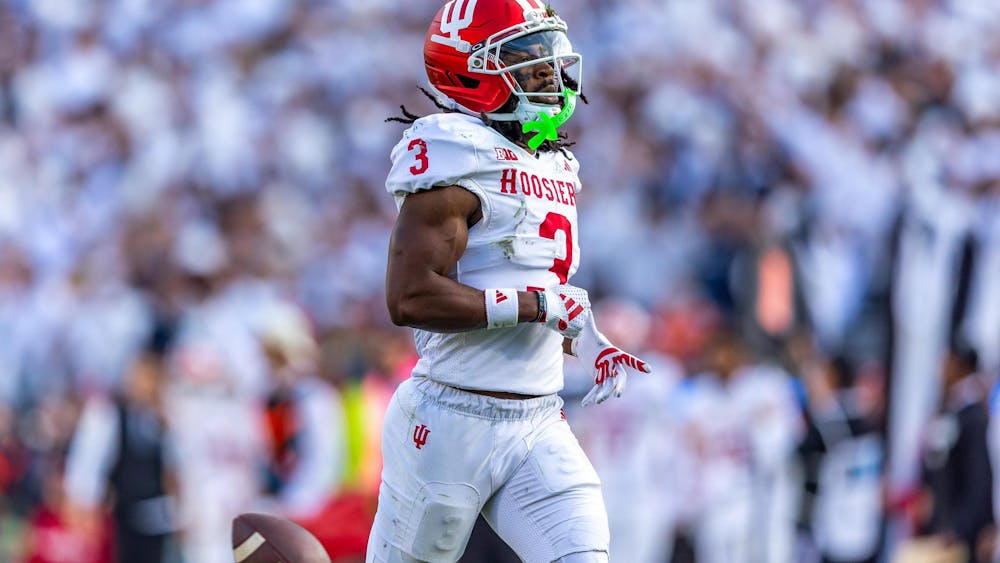Throughout the past half-century, the United States and Japan have made several trades that have benefited both nations. Among the items the Japanese exported to the good old U.S. of A: quality electronic equipment, karaoke, Godzilla movies and, on a more regrettable note, Pokemon.\nIn return, we sent them our national pastime, which soon became theirs: baseball. Now the Japanese have developed their own world-class baseball players, who have come to the United States and achieved success in the major leagues to further globalize America's game.\nIn 1995, Hideo Nomo became the first Japanese player to make a major impact at the major league level as a rookie with the Los Angeles Dodgers. "Nomo-mania" struck the nation as he baffled batters with his complex delivery, leading the league in shutouts and strikeouts on his way to being named National League Rookie of the Year.\nThe success of Nomo forced major league scouts to take a serious look at Japanese baseball. Previously, it had just been seen as a ground for Japanese players and washed-up American players like Rueben Sierra. Soon more Japanese players found themselves signing big contracts for American teams, like Hideki Irabu for the Yankees and Masato Yoshii for the Mets.\nWhile Irabu and Yoshii had moderate success when they first came into the big leagues, they hit the wall at about the same time as Nomo. Nomo bounced around going from the AAA Iowa Cubs to Milwaukee to Detroit before finally attaching to Boston this year. Yoshii and Irabu are now back in Japan.\nThis year, Japanese players are showing they can indeed play in the majors. Nomo has proven he still has some of his old stuff left in the bag, recording his second career no-hitter in a game against Baltimore. A wealth of Japanese talent has joined him in the forms of the Seattle Mariners' Ichiro Suzuki and Kazuhiro Sazaki and the Mets' Tsuyoshi Shinjo.\nOf these players, Mariners rightfielder Suzuki has shown the most promise. In seven seasons in Japan, he hit .353. This season, he is eighth in the American League with a .361 average. Suzuki might also be able to outrun the car of the same name -- he has been clocked running from home plate to first base in 3.7 seconds. Yet Suzuki's strongest suit may be his fielding. He has yet to make an error this season and has already thrown a runner out at home.\nSuzuki's teammate, Sazaki, is the Mariners' closer. Last year, he set a rookie record with 37 saves. So far this year, the success has continued, as Suzuki has saved nine out of his 10 opportunities by keeping hitters off-balance with his forkball.\nJapan is not the only nation from Asia providing imports to the major leagues. Korea is also on the brink of becoming a major supplier of overseas baseball talent. One player who has been able to put together some success is Arizona Diamondbacks reliever Byung-Hyun Kim. Kim developed into a closer for Arizona last year during the first half of the season. But a complete breakdown in the second half, with a 7.84 ERA in his last 28 outings, forced the Diamondbacks to move him to the role of set-up man. Kim has thrived in this role thus far, with a 1.93 ERA and 14 strikeouts in 9.1 innings pitched this season.\nMany skeptics would suspect that these players are destined to fade ala Yoshii and Irabu. But I would contend that Asian players in the major leagues will only get better, and their numbers will also increase. The fact that they have even been able to mentally adjust to an entirely new culture and still be able to play well can attest to this fact. And as they become more familiar with the United States, Americans will become more familiar with the plethora of talent these players offer.
'Asian Invasion' takes baseball by storm
Get stories like this in your inbox
Subscribe





